Wheat Insects
All Wheat Insects Content

True Armyworm Caterpillars Observed in South Dakota Wheat
Wheat harvest is underway in South Dakota, and one of our seemingly annual pests has been observed in wheat fields. While scouting last week, we observed small populations of true armyworms in wheat in Northeastern South Dakota.
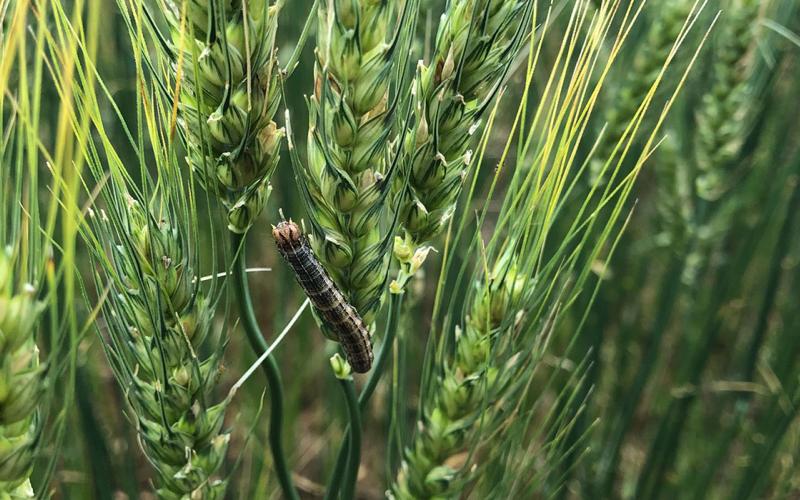
True Armyworm Caterpillars Spotted in South Dakota
While scouting this week we observed some very small true armyworm caterpillars. Every year these caterpillars pose a threat to wheat fields, and the best way to stay ahead of them is to start scouting before defoliation is done.
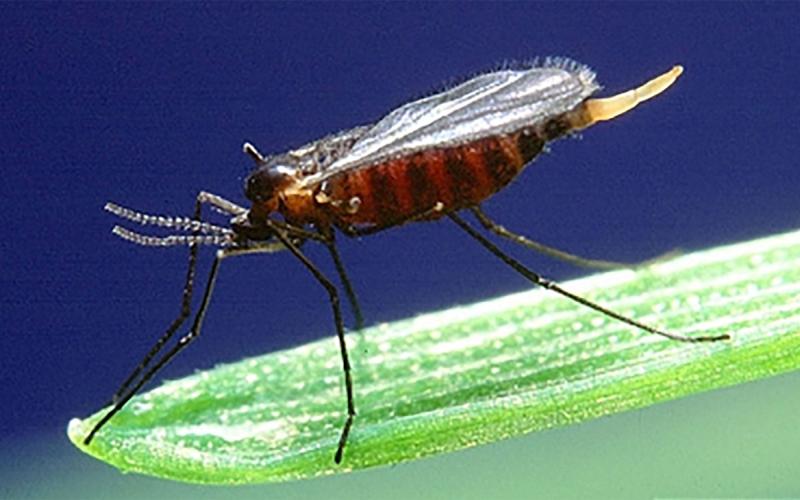
Hessian Fly: Preventing Outbreaks in Wheat
Hessian flies (Mayetiola destructor) are tiny, gnat-like flies. Their larvae are considered serious pests of wheat and occasional pests of barley and rye.

Grasshopper Activity Is Ramping Up
We have already observed increased grasshopper activity in many areas of the state and, depending on the 2022 season, they may become problematic in crops.
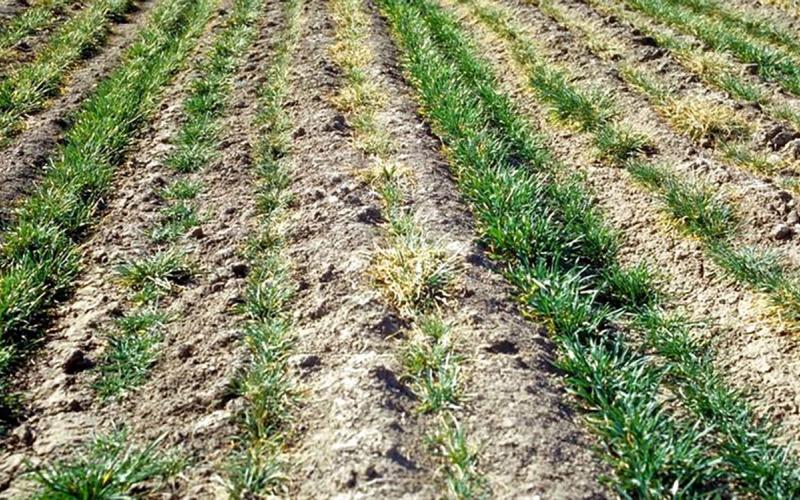
Brown Wheat Mites Active in South Dakota Wheat
There have been reports of brown wheat mites active in wheat in central and western South Dakota. To date, reports have been for minor infestations, but severe infestations are possible.
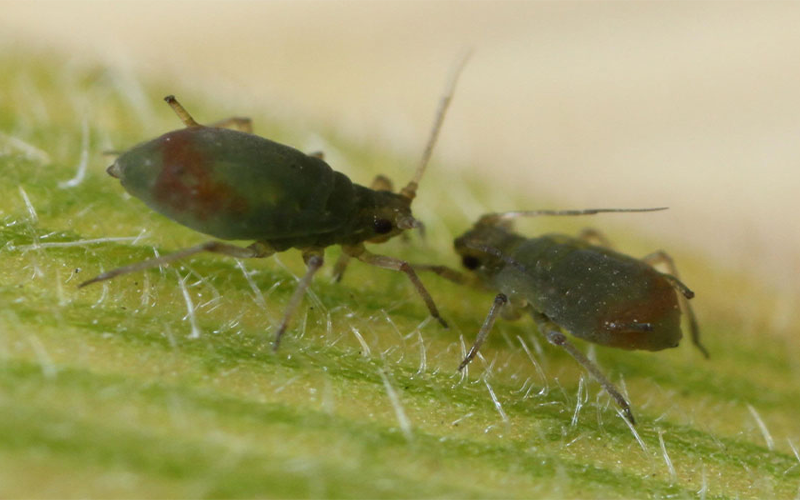
Low-Level Aphid Populations Present in Wheat
We are starting to receive reports of aphid populations in wheat fields throughout much of South Dakota. At this point in the season, weekly scouting is the best bet to monitor the populations.
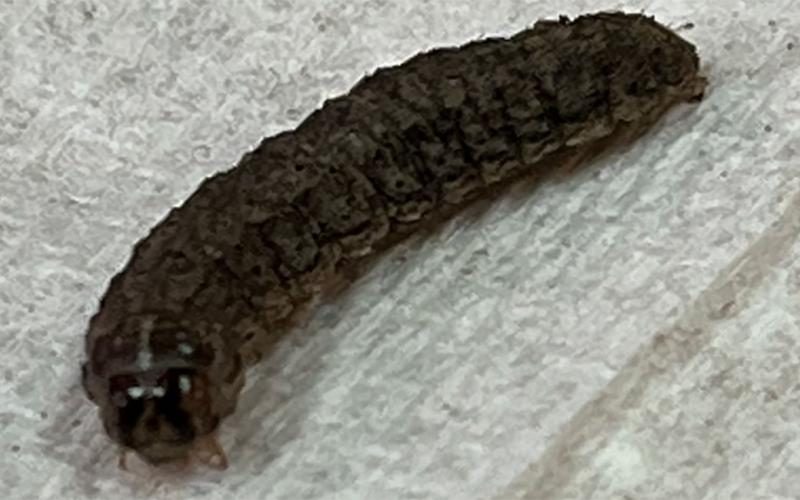
Dingy Cutworms Observed in South Dakota Crops
Dingy cutworms have been reported in South Dakota crops, and their activity is likely to continue for at least another couple of weeks.
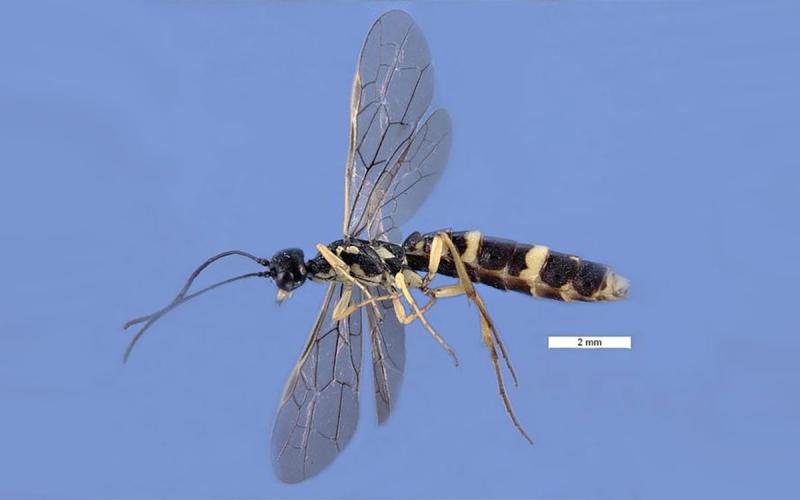
Wheat Stem Sawfly: An Overview
In recent years, the northwestern and north central regions of South Dakota have struggled with the presence of sawfly populations in wheat fields. Learn some tips for identifying and managing them in wheat.
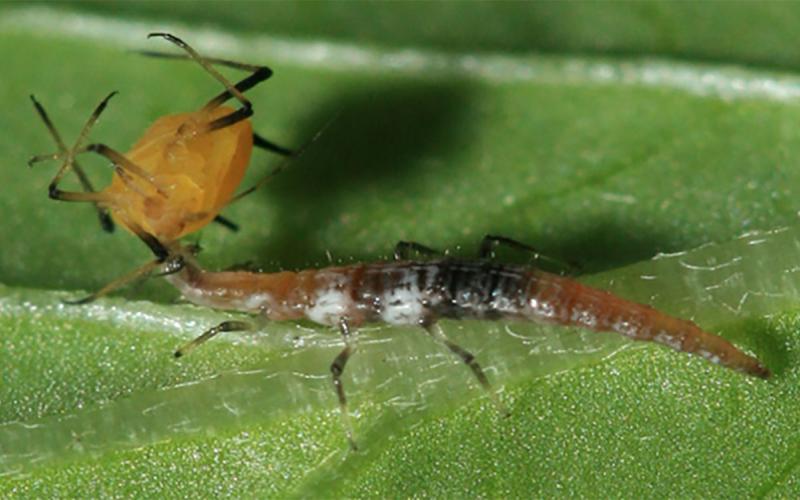
Biocontrol Agents: Brown Lacewings
With so many insect pests causing concern for both gardeners and farmers, it’s important to know which ones are on our side. In this article, we focus on the brown lacewing and the beneficial role it plays within the landscape.
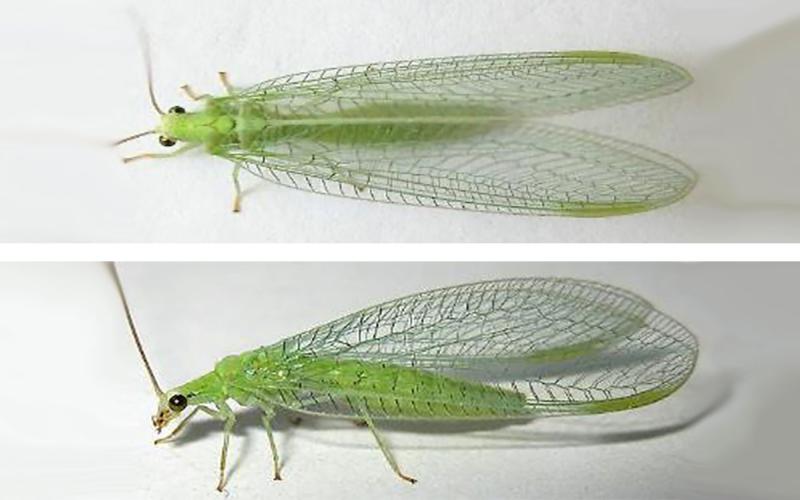
Green Lacewings: Beneficial Predators for Both Small and Large-Scale Landscapes
Many insect species are beneficial to landscapes, and some are even reared in large quantities to be released as biological control agents. In this article, we will focus on one of those insects, the green lacewing.